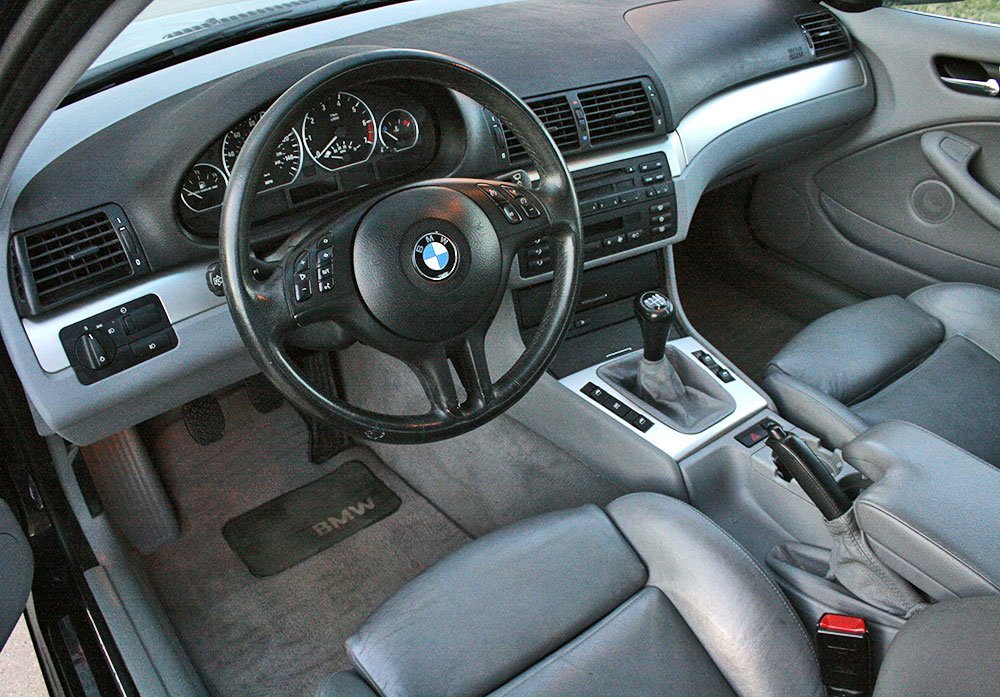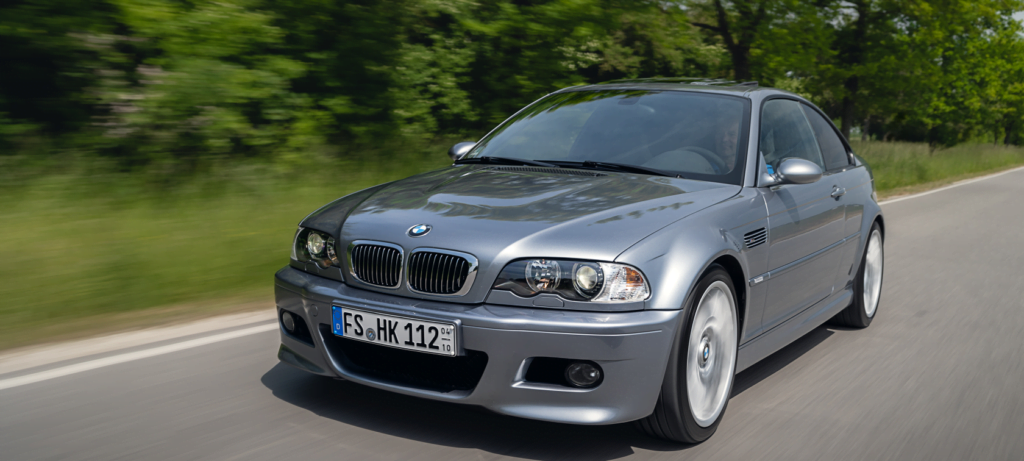Is a buyer’s guide necessary for a vehicle that’s at least 16 years old? Absolutely, we believe it is. The E46 3-Series might be considered an old model by today’s standards, yet it’s a testament to the exceptional quality of these cars. The E46 still holds its own in terms of design, handling, and features. And let’s not forget about the remarkable inline 6 cylinder petrol engines, which are truly a joy to experience. In the current market, finding a good E46 can be challenging. While there are many out there, the ones worth purchasing come at a higher price, and justifiably so. Here, we’ll discuss what to watch for and what should already have been addressed given the car’s age.
Common Issues with BMW E46 Diesel Engines
If you’re considering a diesel-powered BMW E46, it’s important to be aware of certain issues. Generally, the diesel models, like the 330d, are reliable, especially when properly maintained. The 330d, in particular, stands out for its impressive performance. A major concern with both the 330d and 320d models is the plastic swirl flaps in the intake manifold. Over time and with manifold congestion, these flaps can break off and get sucked into the engine, causing significant damage. A common workaround is to remove these flaps altogether, which has minimal impact on performance but greatly reduces the risk of damage. All diesel variants of the E46 are prone to issues with the EGR (Exhaust Gas Recirculation) valve getting clogged. This can lead to turbocharger or even engine failure if not addressed promptly. It’s advisable to replace the EGR valve before it causes damage. Both the 2.0d and 3.0d engines frequently experience failures with the Mass Air Flow (MAF) sensor. Additionally, the diesel E46 models are more susceptible to rear axle problems. There have been instances of axle cracking or breaking, likely due to the substantial torque produced by these engines. This is something to be particularly mindful of when evaluating these vehicles.
Common Minor Faults in the BMW E46
The BMW E46 is notorious for its extensive use of plastic components in the cooling system, such as reservoirs, which tend to crack with age. This results in frequent coolant leaks and failures. It’s crucial to inspect any E46 you’re considering for coolant leaks. Proactively replacing cooling system parts like the water pump, thermostat, and expansion tank is a cost-effective way to prevent potential damage to the aluminum cylinder head, which is vulnerable to overheating.
Many BMW owners have reported power steering fluid loss in E46 models, especially as they approach 150-200k miles. A skilled mechanic should be able to locate the source of the leak and replace the necessary power steering hoses.
The E46’s 6 cylinder inline petrol engines sometimes suffer from ECU (engine Electronic Control Unit) issues. Symptoms of a faulty ECU include rough idling, uneven power delivery, and flat spotting. Fortunately, used ECUs are relatively inexpensive nowadays.
A common sign of wear in the E46 is a jolt felt in the steering wheel, often due to worn-out control arm bushings and control arms. For a vehicle over 15 years old, it’s advisable to replace bushings throughout the suspension, as they are made from plastic and rubber and naturally deteriorate over time.
Valve cover gaskets and valve covers frequently fail in E46 models, identifiable by oil dripping from the valve cover and a burning oil smell. Prompt replacement is recommended at the first signs of trouble.
Worn bushings are a common issue in older vehicles, and the E46 is particularly prone to sub-frame bushing failure, leading to clunking and banging noises. Replacing these bushings during suspension overhauls is essential for maintaining the vehicle’s overall suspension health and road handling.
Almost all E46 models of this age will likely require replacement of the rear springs, which are prone to rusting and breaking due to salt and moisture exposure.
A simple yet frequent issue in the E46 is a failing oil level sensor. This can trigger a dashboard warning light indicating low oil levels, even when the dipstick shows sufficient oil. This is often due to a faulty sensor rather than an actual oil deficiency.
Body and Interior Issues in the BMW E46
As the BMW E46 models age, particularly when they hit the 10-15 year mark, a common complaint among owners is noise emanating from the tops of the front or rear doors. This issue is typically due to worn-out door seals. While there are various DIY solutions suggested by owners, the most effective fix is to replace the old seals with a new set of OEM BMW door seals.

Regarding the sunroof, some owners have experienced problems, but these are relatively rare. Apart from this, the interior of the E46 is remarkably durable and has proven to withstand the test of time very well. Owners generally don’t need to be overly concerned about interior durability issues.
An important maintenance aspect to keep in mind involves the airways that facilitate airflow to the cabin, located beneath the windshield. It’s crucial to regularly clear these airways. If they become blocked, it can lead to the flooding of the transmission control module, a significant issue that can affect the vehicle’s performance and require costly repairs. Regular cleaning and maintenance of these airways can prevent such problems.

